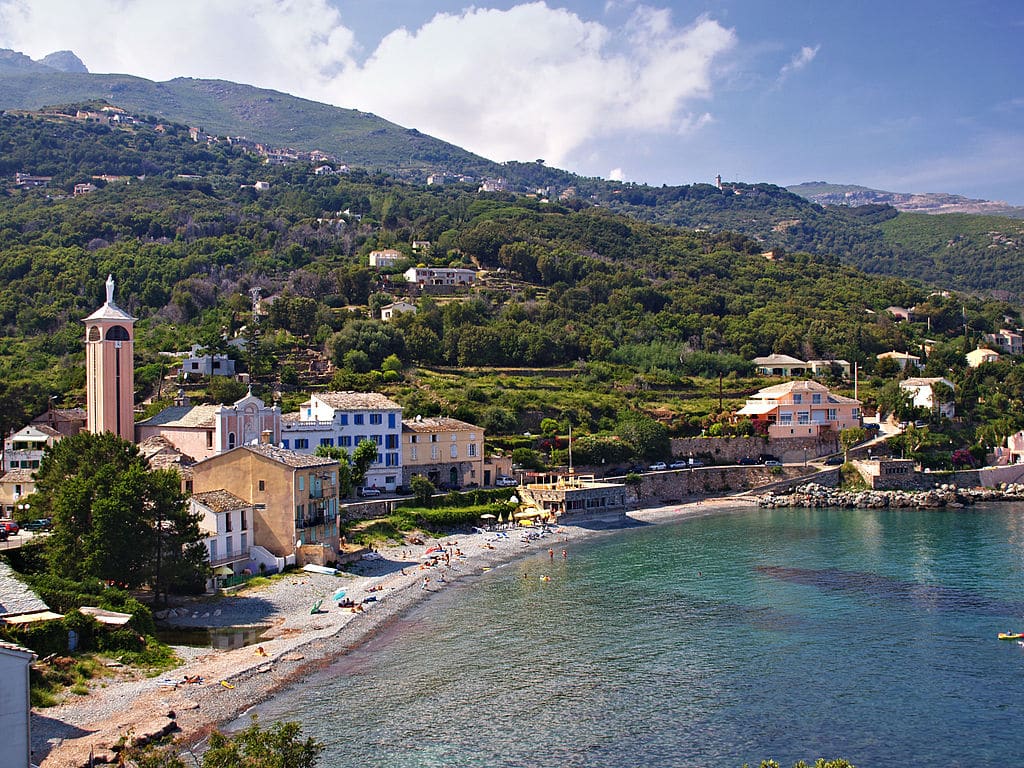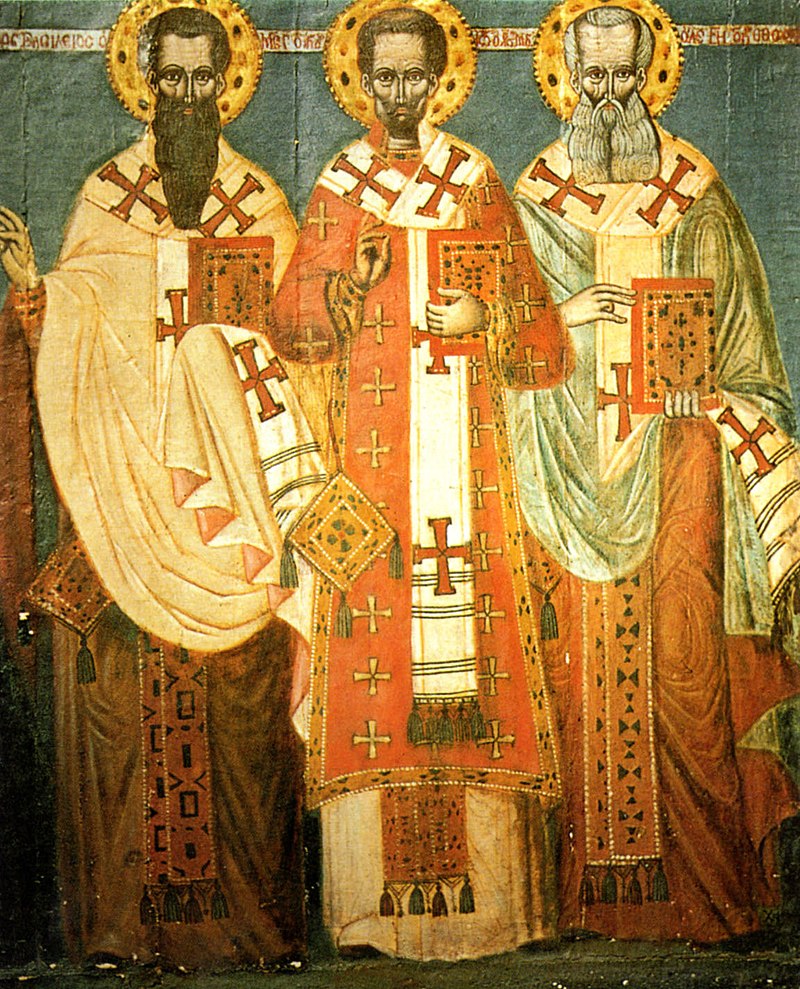
The people of the Mani peninsula are famous, among many other things, for their free spirit and devotion to Greek Orthodox traditions. Towards the end of the 17th century, unable to live under Ottoman rule, rebellious Maniots fled to Corsica where they set up their own little Mani, thereby preserving their language, faith and traditions while building a new homeland.
When the Ottomans occupied the Mani peninsula in the Peloponnese in 1670, they imposed heavy taxes on its inhabitants and persecuted those who refused to pay. A large number of Maniots decided to flee to the Republic of Genoa and ask for land they could settle on and cultivate.
In October 1675, 730 Maniots boarded a ship at the port of Oitylos and sailed to Genoa. The Greek migrants, led by the Stephanopoulos family – who had negotiated with the Genoese – were accompanied by the Oitylos bishop, Parthenios Kalkandis, along with five priests, twelve monks and several nuns.
Somehow, on the journey from Mani to Genoa, 120 people lost their lives. The rest, after a short stay in Genoa, were transported to Corsica, which was Genoese territory at the time. Of course, many centuries ago the Mediterranean island had been heavily colonized by Ancient Greeks, so this constituted the second Greek colonization there.
The Greeks were given a dry and arid location on the island which looked amazingly like Mani; the migrants named it Paomia. It was located 4 km (2.5 miles) east of today’s village of Cargèse.
Greeks preserved their culture, language, and traditions in Corsica
The hard-nosed Maniots kept their national identity, their language, their diversity and their Orthodox faith for generations, although they had pledged their political allegiance to the Republic of Genoa.
It was not easy, however, to maintain their identity and traditions. The locals were ruthless people, severe and uncompromising Catholics who did not take well to the colonists from the very beginning. The conflict between the Corsicans and the Greeks continued for many years.
Nevertheless, the Maniots prospered and reestablished the five hamlets of Pancone, Corone, Rondolino, Salici and Monte-Rosso, all close to one another. They also built and restored seven small churches and a monastery dedicated to Saint Martin. The main church in Rondolino was dedicated to Our Lady of the Assumption.
The disputes between the colonists and the locals culminated in 1715, when an armed gang of Corsicans attacked the Maniots, eventually being fought off. In 1729, in the island-wide uprising of the Corsicans against the Genoese Republic, the Greeks remained loyal to the Genoese and, as a result, their houses were burned and looted. Finally, in April 1731, the Greeks were forced to abandon Paomia and seek refuge in Ajaccio.

By that time, there were 700 total Maniots who settled in Ajaccio, making up 20 percent of the town’s population. The Genoese appointed 200 Greeks to be guards of the town and the colonists were offered the use of the church of La Madonna del Carmine, which is still known as the “Chapelle des Grecs.”
However, the violence between Corsicans and Maniots continued and due to financial problems of the Genoese Republic, the payments to the Maniot guards of Ajaccio stopped in 1744 and the colonists began having serious financial problems as well. A number of them emigrated to Sardinia, Menorca and even Florida (to the town of “New Smyrna”).
In 1768 the French gained control of Corsica and governor Comte de Marbeuf, who was a philhellene, arranged for the construction of the village of Cargèse with the French crown paying for about 120 terraced houses. In 1775, under the leadership of George-Marie Stephanopoli, most of the Greek colonists moved from Ajaccio to the new village and by 1784 there were 386 Greek citizens of Cargèse.
Now only few remnants of Greek community on the island
Between 1789 and 1791 Cargèse was subject to attacks from neighboring villages as a result of the general civil disorder brought by the French Revolution. In 1794, Corsica fell into the hands of Britain for a short period of time.
In 1814, with the collapse of the First French Empire, the surrounding villages took over some of the Cargèse’s farmland. The same thing happened in 1830 with the overthrow of King Charles X and the Bourbon monarchy, with the Greeks of Corsica enjoying peace only for short periods of time.
A large number of the village’s Greek-speaking inhabitants emigrated to Sidi Merouane in Algeria between 1874 and 1876. At the same time, more Corsicans moved in, making Greeks a minority there.
In 1934 there were only 20 Greek-speaking inhabitants in Cargèse, and the last one passed away in 1976.
Today, there are only few signs of the days when Cargèse was a small Greek colony. Only some street names and the Greek Catholic Church of Saint Spyridon tell the visitor that for more than 200 years a few hundred Maniots had created a thriving little Mani on the island of Corsica.



Comments
Post a Comment